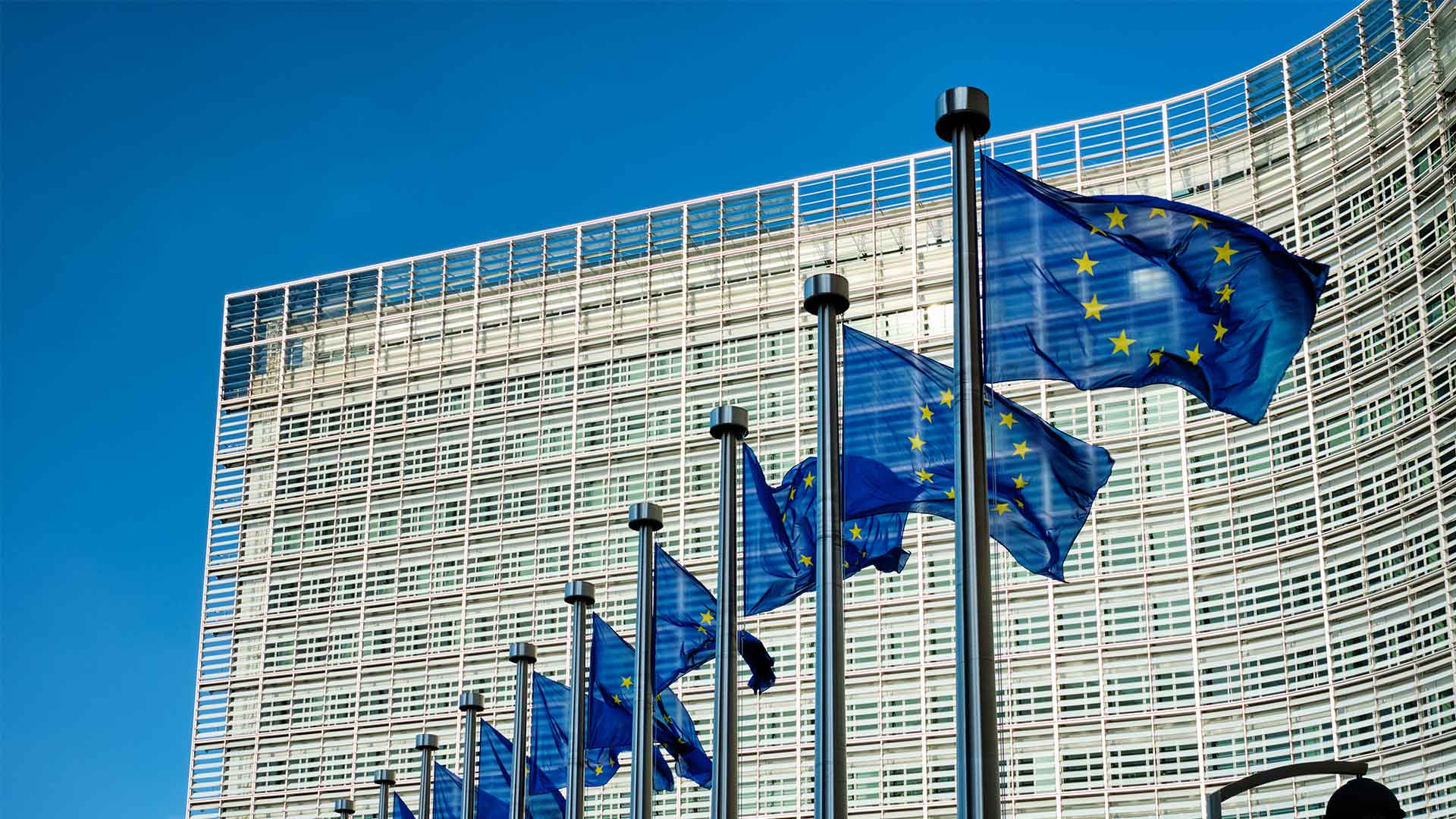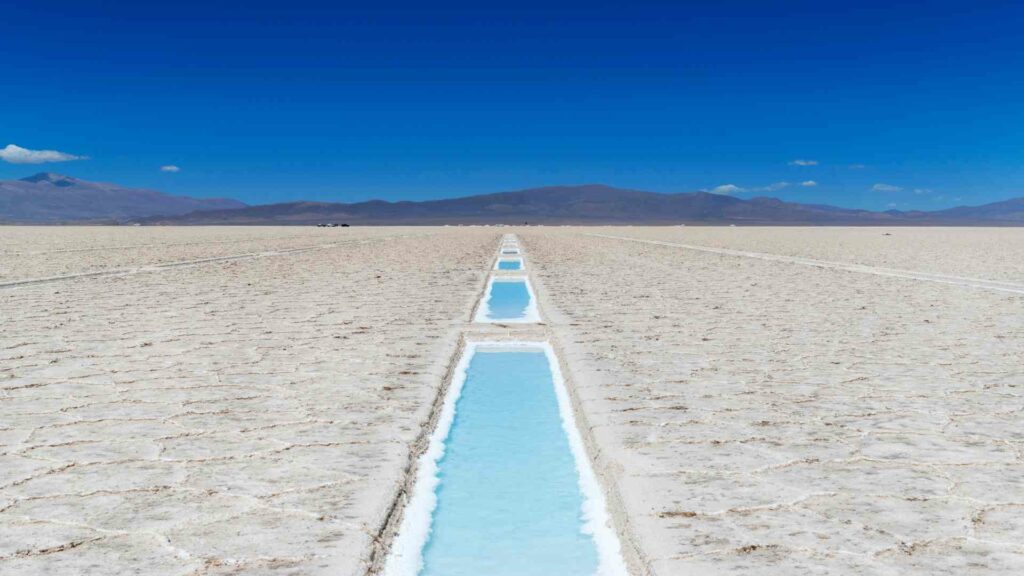The Commission continue to regularly publishes a list identifying the EU’s critical raw materials by its expert advisors – the raw material supply group with representatives from EU, European Economic Area, candidate countries, and other organizations representing stakeholders; industry, research, and civil society. With the 2021 summit in June between the EU and Canada focusing on EU-Canada Strategic Partnership on Raw Materials.

European Critical Mineral Strategy for Boron
Critical Raw Materials (CRMs) including Boron
CRMs (critical raw materials) are the most important raw materials for the European economy. These materials are essential for key sectors of the economy, future applications, and sustainability. They are used in electronics, aerospace, defense, space exploration, consumer electronics, and environmental technologies.
It is important to remember that these materials don’t qualify for ‘critical’ classification because they are scarce. They are instead classified as “critical” because they are of significant economic importance to key sectors of the European economy like consumer electronics, automotive, aerospace defence, health, and steel. In this respect, Boron and Lithium are overweight in importance for sectors where advanced energy and decarbonization are driving value and growth.
Strategic EU Sectors and CRMs
Critical Raw Materials have a high risk of being outsourced. However, they are vital for the EU’s mega sectors and many commercial and governmental applications. These Critical Raw Materials are essential for the EU’s industry, environment, quality, and modern life. Defense, Medical Devices, Automotive, Consumer Electronics, Metals, Green Technology are the sectors that illustrate CRM applications. These products also have a high supply risk because of their high import dependence, high concentration of set-critical materials, and high concentration in particular countries. Because of these materials’ unique and reliable properties for future applications, there is a shortage of viable substitutes.
Critical Minerals
Borates
Borates can be boron or oxygen compounds, which are boron oxyanions. These can either be trigonal or Tetrahedral. Or, they can be chemical mixtures that contain borate anion of either description. The most common element boron is found in nature as borates and borosilicates. Around 80% of all borates that are placed on the EU Market are used in intermediate uses like making glass and fruits or synthesizing new substances using mixtures below the specified concentration limits. One-fifth of the remaining amount is used in agriculture (13-14%), articles (4-5%), as well as other uses (2-3%) like coatings or industrial fluids. Boron, an essential micronutrient, is also important for average, productive growth. According to the EU Fertiliser Regulation 2003/2003/EC, it is listed as one of seven vital micronutrients. Additionally, nuclear power plants must use borates for safety. However, recent development sin advanced energy materials using Boron have placed it high on the list of desired minerals in energy sectors.
Other Critical Minerals
Antimony: Antimony is a lustrous grey metalloid, found in nature mostly as the sulfide mineral stibnite. (Sb2S3)
Bauxite: A sedimentary rock with a high level of aluminum. Bauxite contains mainly the aluminum minerals gibbsite and boehmite. Bauxite has a dull luster and is either reddish-brown, white, or yellow in color.
Bismuth – Elemental bismuth is possible to occur naturally. Their sulfur and oxygen forms can be used as an important commercial ore. The unbound element is 86% denser than -lead. Freshly produced, it is a soft metal with a silvery-white color. But, the surface oxidation may give it a shimmering tinge in various colors. Bismuth, the most diamagnetic element, has the lowest thermal conductivity value of any metal.
Coking coal is a grade of which can be used for producing high-quality coke. Coke is an essential fuel and reactant in the blast oven process for primary ironmaking.
Fluorspar is the mineral Calcium fluoride. It is one of the Halide Minerals. It crystallizes isometric cubic Habit. However, octahedral forms and more complex isometric versions are not uncommon.
Cobalt– Although nickel is a cobalt-like element, it can only be found in the Earth’s crust as a chemically combined form. The non-reactive element is produced by reductive melting. It’s a complex, shiny, silver-grey material.
Barite is composed of barium sulfate (BaSO4). Baryte, which is usually colorless or white, is the primary source of the element barium. The barite category includes barite and celestite (strontium sulfate), anglesite(lead sulfate), and anhydrite. A solid solution is formed by the celestine and baryte (Ba, So4).
Beryllium can be described as a chemical component. It has the symbol BE and the atomic number 4. It is a lightweight, strong, light, and brittle Alkaline earth metal. It is a very rare element within the Universe. It occurs usually due to the spallation of greater atomic nuclei having collided with rays.
Gallium– Elemental gallium, a soft and silvery material at regular temperature and pressure. It becomes silvery-white in its liquid form. Gallium can be broken conchoidally by applying too much force. Since its discovery in 1875, gallium has been widely used to make alloys with a low melting point. It can also be used in semiconductors as a Dopant in the semiconductor sub-stratum.
Borates, the EU and the Green Deal
Borates have been identified as essential raw materials required to support the EU’s climate-neutral, energy-efficient economy. Many specialized borate products can be manufactured in the EU. These include high-purity borax and boric acid used in the nuclear, pharmaceutical, and fertilizer industries. These products are essential for the automotive industry, energy, electronics, metallurgy, and defense, and nuclear power generation.
The European Green Deal is a roadmap to sustainable the EU’s economy. It calls on the EU to achieve climate neutrality by 2020. It covers many aspects of an economically more efficient economy such as transportation, clean and renewable energy, agriculture efficiency, energy-efficient buildings, digital transformation, and energy-efficient construction practices. Many technologies required to achieve the European Green Deal goals will be made possible by borates and the materials they make. The European Green Deal advocates aggressive measures to reduce greenhouse gas emissions in transportation. It aims for zero emissions by 2030. This will require substantial investments in electric vehicles as well as alternative fuels such as hydrogen.
Electric Vehicles
The Green Deal encourages electric vehicles to be deployed and the infrastructure built to support them. This will allow everyone in Europe to have an electric car. Borates can be found in many automotive parts. However, electric cars require the largest amounts. Below are listed some of the components in electric vehicles that contain borates.
- Magnets to power electric motors and brake systems. Li-ion battery components and additives
- Capacitors – A type of supercapacitor is a lithium-ion capacitor (LIC). It is a combination of a Li-ion cell and an electric double-layer capacitor (ELDC). The anode is made of carbon material pre-doped in lithium ions.
- Lubricants – The future goal of lubrication research is to prioritize the efficient use of lubricants for electric engines and other tribological contacts such as wheel bearings or the steering system.
- Hydraulic fluids, which are often of low viscosity (as in oil or glycerol, but rarely water), are used in hydraulically-operated mechanisms.
- Additives made from polymer (wire and cables, automotive interiors) Mitsui Plastics, Inc. sources and distributes high-quality functional polymers and other additives for plastics producers.
- High strength steel is alloy steel with better mechanical properties and greater resistance to corrosion than steel.
- Thermal and acoustic insulation. Li-ion batteries generate significant heat when charged or used. In addition to using thermal management materials, protecting the components of the pack, module, and battery cell can provide additional electrical and thermal insulation protection.
Renovation Wave
The EU Green Deal includes the Renovation Wave, which focuses on efficiency improvements in building practices. Borates are a well-known player in sustainable and energy-efficient building materials.
Thermal Insulation
Heating is a significant portion of the energy used in commercial and residential buildings. Thermal insulation can dramatically reduce energy losses. Insulation fiberglass, a type of borosilicate glass (4-88% B2O3) that is currently being manufactured in Europe on an industrial scale, is very energy efficient. IFG is a highly efficient and energy-efficient industry in glassmaking, which is often seen as energy-intensive. IFG saves most of the energy necessary to produce it within a few months of its use and continues to conserve energy for many more years.
Forestry Products
The Green Deal has as its central goal to achieve a circular European economic system. The Green Deal’s central goal is to extend the useful life of building materials. A lot of sustainable building practices involve extensive use of renewable forestry products like glue-laminated (glulam), I joints, cross-laminated (CLT), and oriented strand (OSB). These composite materials can be very useful for engineering purposes, but they are susceptible to biodegradation and decay fungi, limiting their useful life.
Borates significantly increase the durability of wood and wood-composite building materials. These materials can now be infused with borates to significantly increase their durability and resistance to insect and fungal attacks. Globally, borates are being used in these applications. There have been decades of data that prove their efficacy. Borates can significantly increase the service life of forestry products and allow for greater economic efficiency.
Agro Fibre Composites
This is the next generation of sustainable building materials. These composites can be made from either traditional farm waste or waste biomass. Unfortunately, some biomass-derived building materials are susceptible to decay. Borates provide a solution.
Digital Transformation
Finally, Borates play a key role in digital technology and communication systems. Thus, it is the most common application for borates. TVs, computer monitors, smartphones, and other mobile devices all have flat-screen displays. The basis of modern digital displays is a thin-film transistor (TFT), glass. This high dielectric glass has unique characteristics, incorporating 8-10% B2O3. Borate is critical to the performance and production of TFT glasses. Additionally, electronic circuit boards can be made from boron-containing textile fiberglass and semiconductors.





